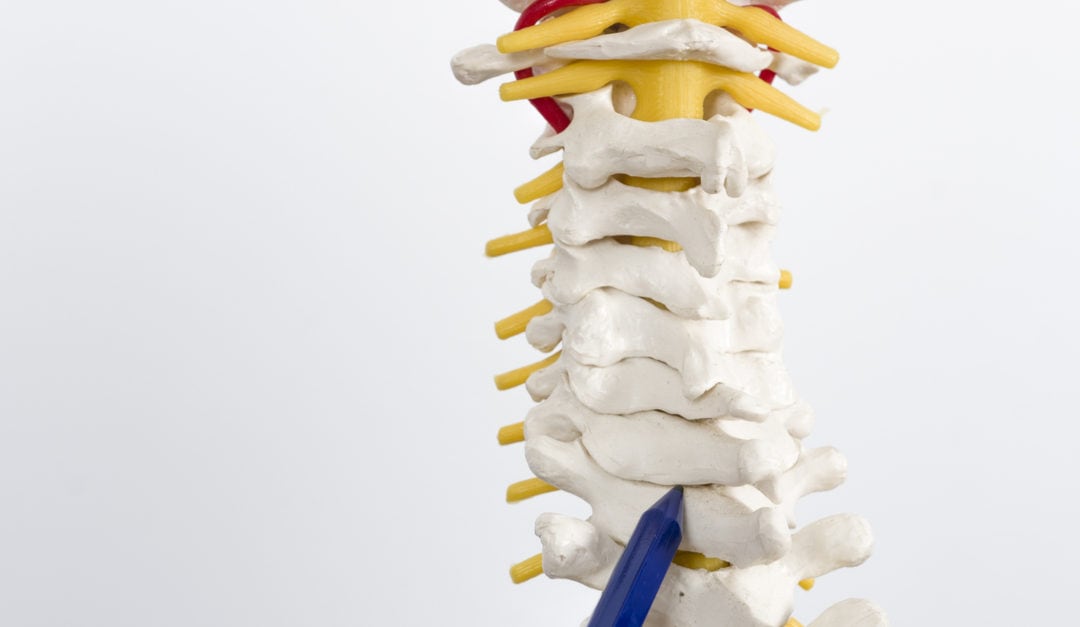An anterior cervical discectomy and fusion (ACDF), or just cervical fusion, procedure is performed when non-surgical treatment options fail to relieve the symptoms of a herniated disc, severe arthritis with accompanying bone spurs, and/or spinal stenosis. The procedure is commonly performed and highly effective when healthy, non-tobacco using patients adhere to the pre and post-operative instructions laid out by their neurosurgeon. If you’ve heard of cervical fusion procedures but aren’t quite sure what they are, then this article is for you.
Cervical Fusion Step by Step
The goals. Patients with any, all, or any combination of the above-mentioned conditions have—to varying degrees—a compressed spinal nerve (or nerves) and pain when flexing, bending, twisting, and/or rotating their spine. The primary goals of a cervical fusion are (1) to decompress the nerve and (2) to restore the height of the vertebrae by inserting a graft into the disc space. These goals are met by performing a two-step procedure.
The Surgery: Step 1. The neurosurgeon locates and then removes the offending spinal disc(s) as well as any bone spurs that are compressing the spinal nerve. After this step is complete, the affected nerves have room to travel through the vertebral canal and vertebral foramen on their way to supply the muscles and organs of the body with nerve function. Additionally, lost vertebral height is restored.
The Surgery: Step 2. The surgeon maintains the new vertebral height and alignment by placing bone graft in the vertebral space. After bone graft placing is complete, small metal screws, a small plate are used to hold the vertebrae perfectly in place.

Illustration 1- Fused vertebrae
Results. Immobilization and activity modification following surgery gives the vertebral bone time to fuse. Once the fusion is complete, the vertebrae are in a perfect anatomical position. This results in long term relief from chronic neck pain as well as any radicular pain in the extremities.
Surgical Candidates for Cervical Fusion
As previously alluded to, healthy, non-tobacco using patients with cervical nerve compression symptoms that fail to respond to non-surgical treatment may be candidates for a cervical fusion. The decision is always up to the patient and the neurosurgeon treating the condition.
Dr. Patrick Senatus is a Board Certified Neurosurgeon in New York City with extensive experience in Minimally Invasive and Restorative Spine Surgery. Dr. Senatus employs a personalized patient-centered approach that prioritizes optimum functional outcome and well-being. Each consultation begins with a comprehensive evaluation by Dr. Senatus designed to create an individualized evidence based treatment plan which includes the patient, family, and collaborating providers.
Following a conservative treatment philosophy, Dr. Senatus offers his patients solutions using the most advanced minimally invasive spine surgery. His approach is to perform the most effective and least invasive intervention available, specifically tailored to each patient, guided by the principal that surgical options be considered only after all reasonable non-operative therapies have been exhausted. Returning his patients to a functional pain free lifestyle is the ultimate objective. Contact us today to schedule an appointment!


Recent Comments